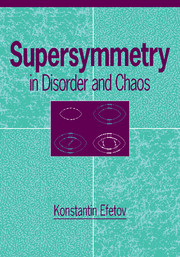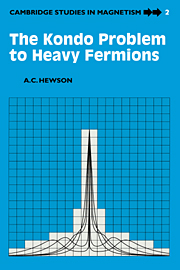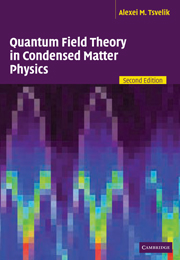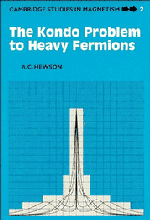Supersymmetry in Disorder and Chaos
The development of the supersymmetry technique has led to significant advances in the study of disordered metals and semiconductors. The technique has proved to be of great use in the analysis of modern mesoscopic quantum devices, but is also finding applications in a broad range of other topics, such as localization and quantum chaos. This book provides a comprehensive treatment of the ideas and uses of supersymmetry. The first four chapters of the book set out the basic results and some straightforward applications of the technique. Thereafter, a range of topics is covered in detail, including random matrix theory, persistent currents in mesoscopic rings, transport in mesoscopic devices, localization in quantum wires and films, and the quantum Hall effect. Each topic is covered in a self-contained manner, and the book will be of great interest to graduate students and researchers in condensed matter physics and quantum chaos.
- First book to cover this important topic
- Author was the inventor of these techniques
- Each topic is covered in a self-contained way
Reviews & endorsements
'Efetov has done a service to condensed matter physics by explaining the ins and outs of his method in a clear and comprehensive monograph. It is likely to become a classic in the field. The book is indispensible for researchers who use or who would like to use the supersymmetry technique … I would recommend it to anyone with an interest in modern techniques of theoretical physics.' C. W. J. Beenakker, Endeavour
'… a clear, readable and comprehensive introduction to this application of supersymmetry.' I. D. Lawrie, Contemporary Physics
Product details
No date availablePaperback
9780521663823
458 pages
254 × 178 × 23 mm
0.79kg
Table of Contents
- 1. Introduction
- 2. Supermathematics
- 3. Diffusion modes
- 4. Nonlinear supermatrix σ- model
- 5. Perturbation theory and renormalization group
- 6. Energy level statistics
- 7. Quantum size effects in small metal particles
- 8. Persistent currents in mesoscopic rings
- 9. Transport through mesoscopic devices
- 10. Universal parametric correlations
- 11. Localization in systems with one-dimensional geometry
- 12. Anderson metal-insulator transition
- 13. Disorder in two dimensions
- 14. Afterword.







